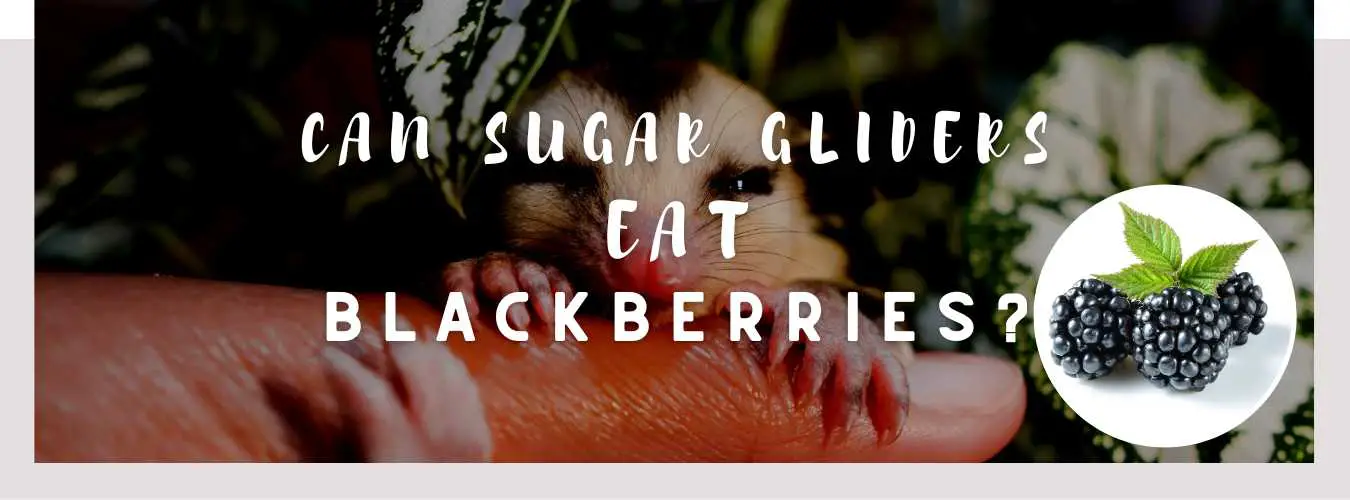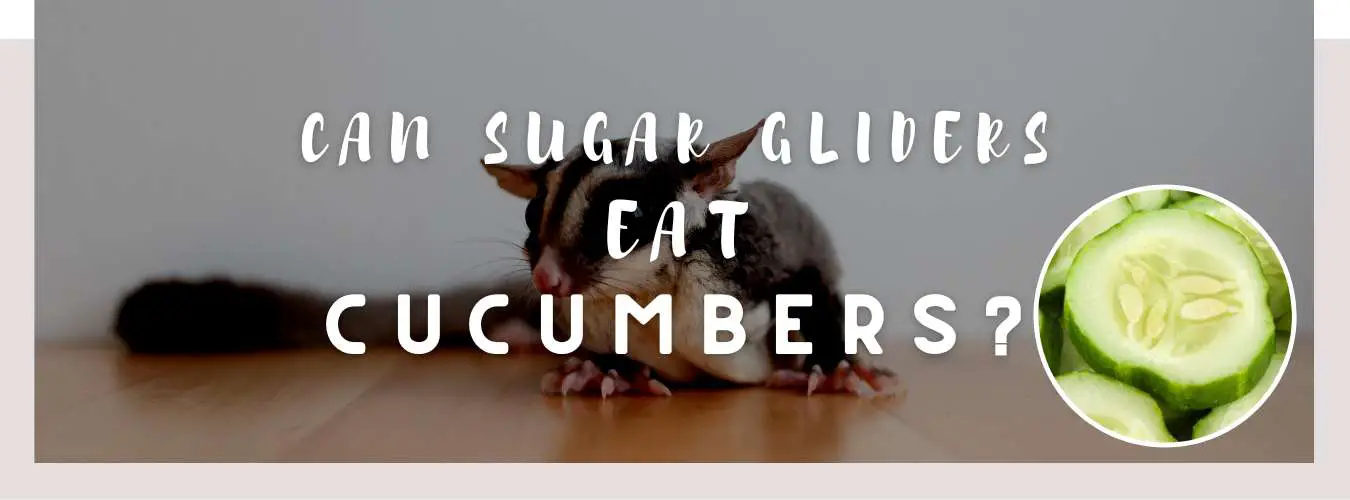
Knowing what your horse can and can’t eat, and how much to feed horses per day matters significantly. Once you are familiar with all the ratios and quantities to feed your horse, you can be sure that they are less likely to become susceptible to health complications.
This informative article sets out some horse feeding charts with information on what and how much to feed horses during the different stages of their lifespan.
Horse Feeding Chart For Grains
Grains are not necessary for pleasure and display horses as they do not engage in labor. But grains give some energy boost to horses that do labor.
Grains are usually lower in fiber and calcium but higher in carbohydrates and phosphorus. Hence, this is the reason some owners with sporty horses incorporate grain into their horse’s diets.
Before presenting it to your horse, it is essential to ensure that the grain is clean, insect-free, bright-colored, and mold-free.
| Activity | Amount of Grain |
| No Work | None |
| Light (1-2 hours per day) | 1-3 lbs. of grain (1-1.5 lbs grain per hour of work) |
| Medium (2-4 hours per day) | 3-8 lbs. of grain (1.5-2 lbs grain per hour of work) |
| Heavy (4 or more hours per day) | 5-10 lbs. of grain (1.5-2.5 lbs grain per hour of work) |
You might also like: How Much Water Does A Horse Drink A Day?
Horse Feeding Chart for Cool Stance Feed

The Cool Stance feed is another excellent yet innovative and healthy feed option. Cool Stance feed introduces a “grain-free” diet, unlike every other type of feed.
The copra used in this feed is free from aflatoxins. Aflatoxins are toxins generated by fungi commonly found in products like cottonseed, tree nuts, maize (corn), and peanuts.
Your horse no longer has to put up with a risk of severe damage to the liver due to the inability to digest fats, make proteins and decrease clotting properly.
| Horse type | Level of activity | Stance Ib per day |
| Foals | Free choice in a creep feeder | |
| Weanlings | After three months of age | 1.1 – 2.2 |
| Broodmares | First two trimesters Last trimester | 2.2 – 6.6 6.6 |
| Wet mares | Early lactation Late lactation | 6.6 – 8.8 4.4 |
| Horses on Layoff or in Recovery | Not in work | 1.1 – 2.2 |
| Performance horses | Light Medium Heavy | 2.2 4.4 6.6 – 8.8 |
Horse Feeding Chart for Renew Gold Feed
Renew Gold feed is packed with vital vitamins and nutrients that help to improve your horse’s health (internally and externally). It suffices for both concentrated meals and supplements in your horse’s diet.
Therefore, your horse requires little to no additional supplements to support the treatments of underlying conditions when fed Renew Gold.
Combining four nutritional ingredients (CoolStance Coconut Meal, stabilized rice bran, fermented yeast, and flax) works to become one powerful feed (Renew Gold).
Renew Gold provides an improved immune system, natural anti-inflammatory system, incredible energy, and digestible fats that enhance the appearance of your horse’s coat and hooves.
| Horse Type | Stance lb Per Day |
| For horses under one year | 1/2 pound daily |
| 1-3 years | 3/4 lb |
| For mature horses with a low workload | 1 lb |
| For mature horses with moderate to high workload | 1-1/2 lbs |
| For senior horses (15 years+) | 1 lb |
You might also like: How Much Do Horses Eat?
Horse Feeding Chart For Fruits

Apples and carrots are the conventional favorites of horses. However, some other fruits can sit well with horses that they would enjoy. In addition, you should wash fruits thoroughly to remove dirt and lingering chemicals. Cut treats (fruit) into smaller chunks before feeding because horses are at the risk of choking when they are fed fruit in large quantities.
The amount of fruit acceptable to feed your horse is of equal importance. In this case, apply the method of little is plenty; one or two pieces of fruit is enough for a horse. Fruits are naturally high in sugar and calories, so horses are susceptible to tooth decay and weight gain.
Furthermore, it is best not to leave your horse with a belly full of fruits because this can cause colic or other health complications. Ensure that your horse does not have access to windfall fruits from wild trees or spoilt or moldy fruits. These can pose many health issues for horses that continually feed on them.
In the case of fruits for horses, moderation is key.
| Fruits | Ways to Feed them to Horses | Benefits |
| Carrots | Feed them just the way it is by letting them bite off one piece at a time or chop them up to mix in other feeds. They can also eat the carrot leaves and tops when you are sure they are free from pesticides.2 per day at different times max are advisable. | Low in sugar and carbohydrates and high in fiber which helps to maintain a healthy digestive system. |
| Apples | Serve in smaller chunks without the seeds and stalks on the top.1-2 apples per day max are ideal for feeding your horse. | Improves vision and the functioning of red blood cells, and serves as a powerful antioxidant. |
| Pears | Feed your horse ripe and juicy pears because they are easy to digest. Remove the stalks and seeds because they contain toxic cyanide, and the stalks can choke them. | Helps the horse’s body repair and grow, fight strange substances that can harm their body, and aids the development and maintenance of their bones, heart, and other vital organs. |
| Watermelon | You can feed the whole part of the watermelon to your horse (seed, rind, and the flesh part). Ensure that you cut these into small chunks and easy-to-chew pieces. | Relaxes blood vessels, boosts blood flow to specific areas, and serves as a water source to keep your horse hydrated. |
| Strawberries | Cut in small chunks before giving strawberries to your horse.6-10 strawberries per week max are the ration for your horse. | Rich in minerals, water, antioxidants, fiber, and vitamins |
| Mango | You can feed your horse mangos as long as you remove the pit, which can choke them. Other parts, like the skin and flesh, are acceptable for consumption.0.5 kg of mango max per day occasionally is advisable. | Lots of fiber helps maintain vision (color and night vision) and improves immunity. |
| Pineapple | Feed small chunks after removing the skin thoroughly. Several slices once or twice a week are advisable. | It helps to calm horses under a stressful environment, provides energy, keeps them hydrated on a hot day, and maintains the structural integrity of their bones and teeth. |
| Bananas | You can feed with the peel as long as you take away the woody stem that can choke your horse. 3-4 bananas per week max are advised. | Serves as an immune booster to keep your horse healthy, aids digestion, and helps their muscles and nerves to work correctly. |
| Oranges | It is safe to feed your horse the oranges’ rinds (peels), seeds, and flesh. One sliced orange per day is the ideal portion to feed horses. Don’t feed horses that suffer from insulin resistance or hyperkalemic periodic paralysis (HYPP) oranges. | Orange seeds contain antioxidants that help boost energy, are low in calories, and have high water content. |
I am a huge animal lover and have four dogs, a Labrador, Jack Russell, Pug, and Teacup Yorkie. I also have a cat and a Cockatiel. I have had pets since I was a toddler, and there was not a day when there wasn’t an animal in my house.









